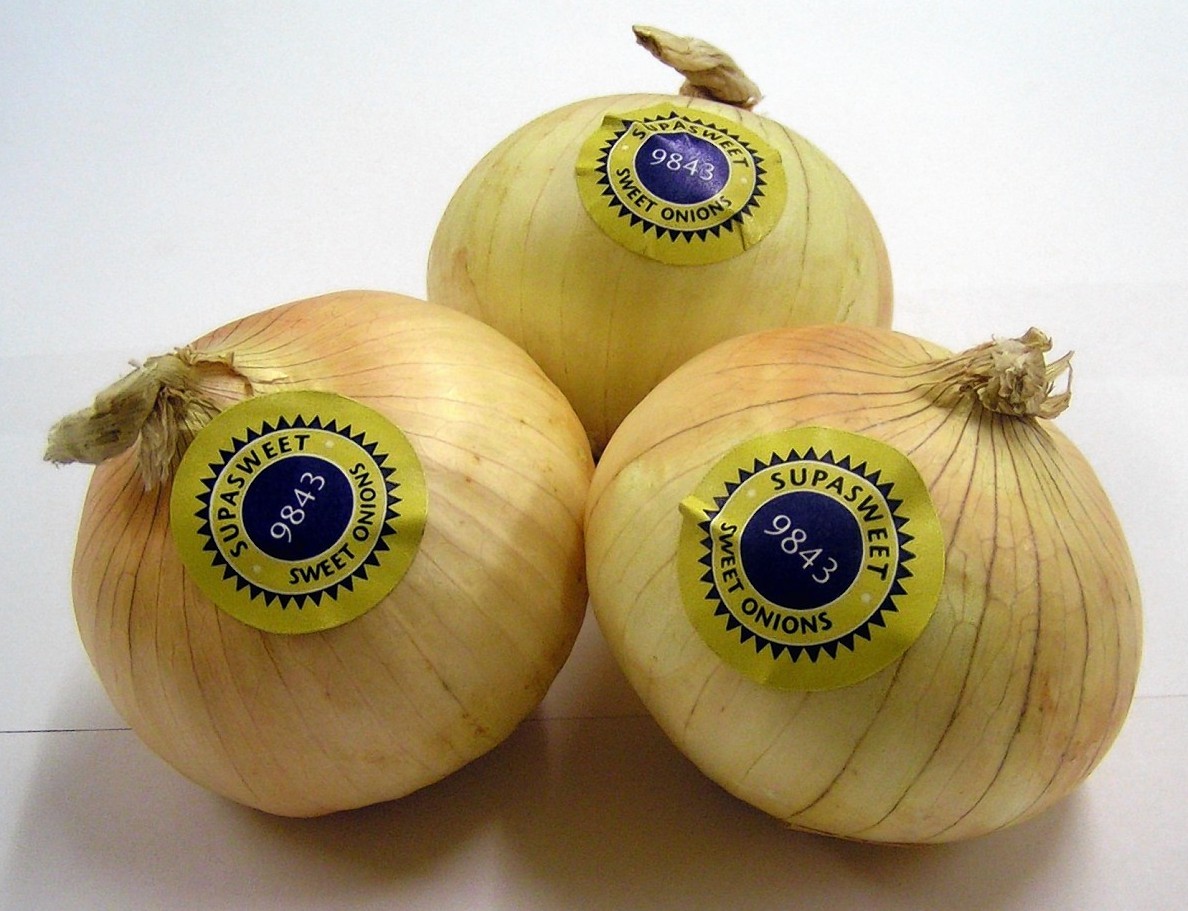“Don’t waste the best bit”; something many of us recognise from childhood. But are you aware of the parts of fruit and vegetables which we commonly discard but contain huge health benefits?
Many fruit and vegetables have skins and leaves which are more colourful than the flesh – a sign that it contains nutritious phytochemicals like carotenoids and flavonoids, and one of the overriding messages at the moment is that we should eat a more colourful diet in order to get a greater variety of antioxidants.
Laurence Beeken, Food Information Executive at weightlossresources.co.uk, gives us six parts of common fruit and vegetables we often discard and ways we can easily include them into our diets:
ONION SKIN
Onion skin is rich in quercetin, which may reduce blood pressure and prevent clogged arteries. Quercetin has also displayed considerable anti-inflammatory activity, restraining both the production and release of histamine and other allergic and inflammatory sources, meaning that it may be useful for hay fever sufferers.
How to include it in your diet: Use it when cooking stocks, soups and stews and remove just before serving!
MELON RIND
Melon Rind is rich in citrulline, an amino acid which contributes to the dilation of blood vessels and circulation improvements.
How to include it in your diet: Blend the rind with the flesh for a super fresh smoothie.
BROCOLLI LEAVES
Broccoli leaves are an excellent source of carotenoids and vitamins A & C; Vitamin A 320% Vitamin C 155%.
How to include it in your diet: Cook them just as you would cabbage, and while you’re at it, don’t forget that the stems contain a good dose of fibre, and sliced are great for a crunchy snack.
CELERY LEAVES
Containing 5x more magnesium and calcium than the stalks, celery leaves also contain vitamin C and phenolics – powerful antioxidants which may help combat cancer, heart disease and even ageing!
How to include it in your diet: Use them as you would celery- add to soups, salads, sauces, relishes etc.
CHARD STEMS
Packed with glutamine, antioxidants and phenolic compounds, the stems are as edible as the leaves.
How to include it in your diet: Steam the stems whole just as you would asparagus.
ORANGE PEEL
Orange peel is a powerhouse of fibre, flavonoids and vitamins. The good concentration of vitamin C helps boost the immune system and could help ward off respiratory infections.
How to include it in your diet: Whip up the whole fruit (pith and all) into a delicious smoothie.
